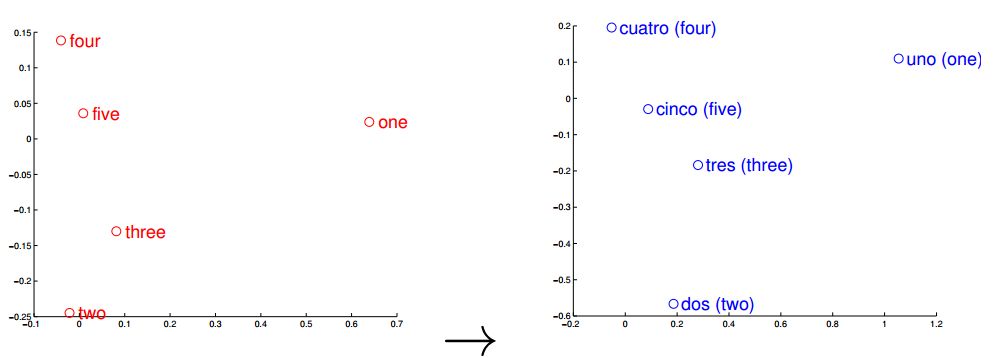Facebook says its ad targeting technology has irked its users and will be upgraded
But today the company admitted that its ad targeting technology needs work. A blog post by Hong Ge, a manager in charge of ads in the company’s news feed, says:
“We are currently working on some updates to the ads algorithm to improve the relevance and quality of the ads people see.”Those changes are said to be happening over “coming weeks”. They will involve the company paying more attention to signals from people that have been shown an ad that is irrelevant, such as them clicking the “report” or “hide” links on Facebook’s ad units.
Why Facebook isn’t already paying attention to such feedback from the people it supposedly runs its service for isn’t explained. It may be deduced from the way Ge’s post carefully balances promises to both ad-beseiged users of Facebook and the companies paying Facebook to besiege them.
Ge cautions marketers that they may see “some variation in the distribution of their ads” as the changes to ad targeting roll out, but that in the long run they will benefit from reaching the right people. Facebook has two kinds of customers – those that pay with money and those that pay with time and attention. The company’s ad technology has apparently not managed to balance the happiness of the two as well as Zuckerberg and others at Facebook have claimed it could.
http://www.technologyreview.com/view/519716/facebook-admits-its-ads-are-too-annoying/



